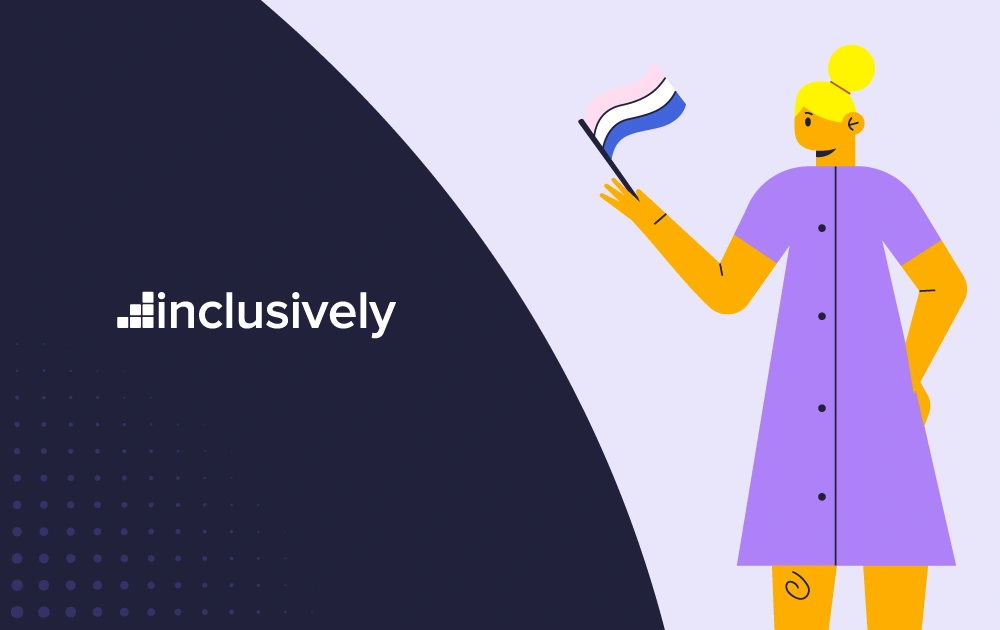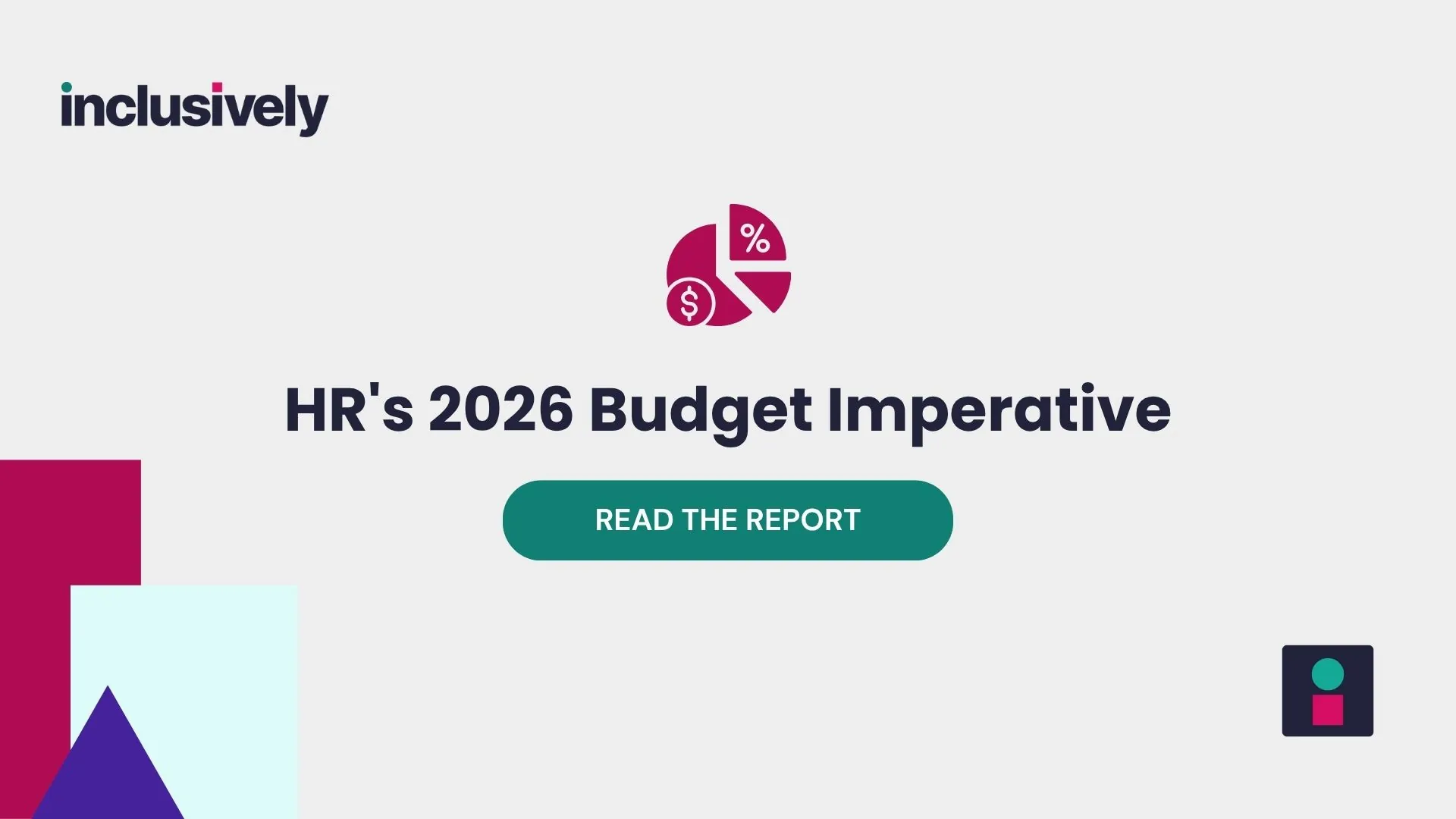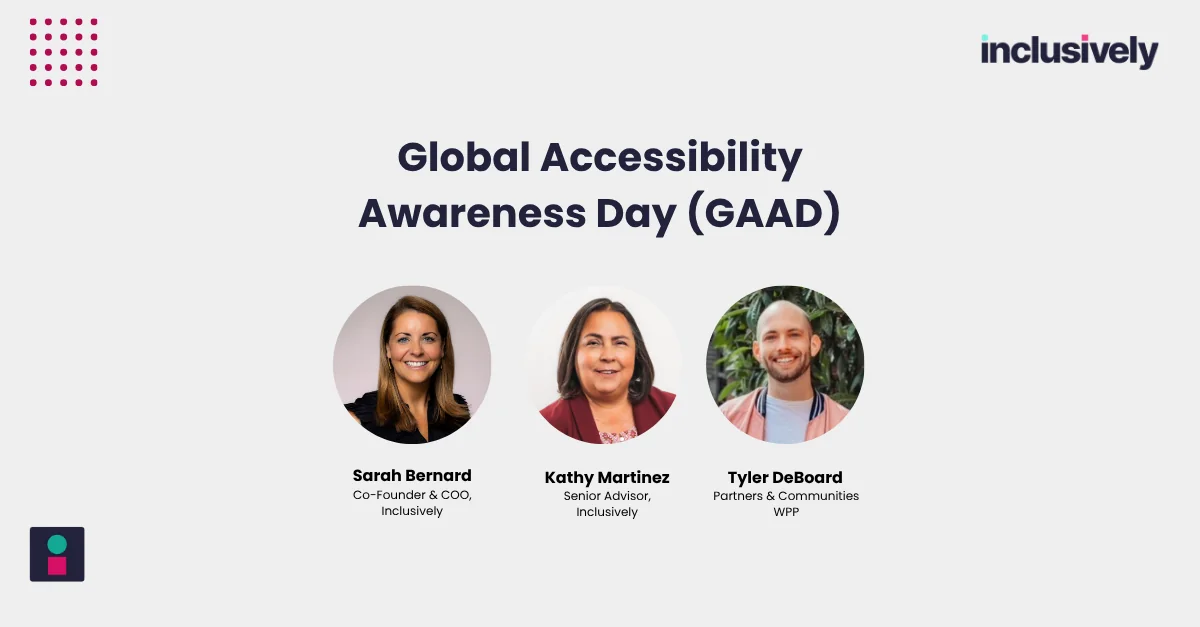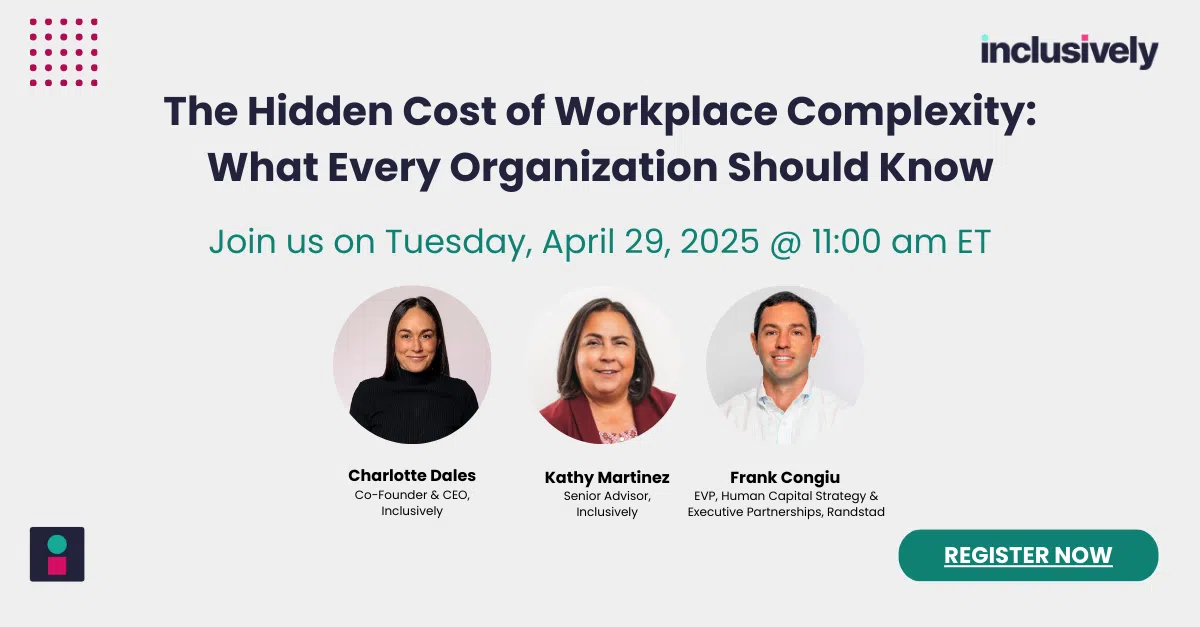Wednesday, August 17th was a significant day for the rights of transgender workers. The U.S. Court of Appeals for the Fourth Circuit ruled that gender dysphoria (the feeling of discomfort or distress that might occur in people whose gender identity differs from their sex assigned at birth or sex-related physical characteristics) is a disability protected by the Americans with Disabilities Act (ADA). (It’s worth noting that not all people who identify as transgender experience gender dysphoria, but most do. A study by Cedars-Sinai found that 73% of transgender women and 78% of transgender men first experienced gender dysphoria by age 7.)
The ruling is binding law within the Fourth Circuit, which covers North Carolina, Virginia, Maryland, South Carolina, and West Virginia, and secures access to workplace accommodations such as leave for medical procedures and insurance-covered hormone therapy. It also applies to reasonable accommodations like requiring employers to update policies around gender-assigned bathrooms and gender-influenced corporate dress-codes.
While transgender individuals make up a small percentage of the American population, the percentage is increasing among younger generations. According to Gallop, .7% of all Americans, 1% of Millenials, and 2.1% of Gen Z identify as transgender. In other words, younger workers are more likely to either identify as transgender or have a friend or loved one who does. The same data found that 7.1% of Americans identify as LGBT, and that 10.5% of Millenials and 21% of Gen Z (those born between 1997 and 2003) adults identify as LGBT. These numbers are expected to rise as more Gen Z individuals age into adulthood.
Your employee population likely already demands that your workplace be open and inclusive of workers who identify as LGBTQ+; if you’re not experiencing the dialogue already, you will soon. The most important thing to understand is that access and inclusion means far more than non-gendered bathrooms and nonrestrictive dress codes.
Transitioning is a deeply personal decision, and one that may be apparent to colleagues if the transition takes place while employed in a team or on-site setting. Undergoing a transition at work impacts everything from an employee’s health insurance coverage to their email signature and lots of unexpected complexity in between.
As such, inclusion of transgender workers should be approached with respect, openness, and curiosity. The objective is to create an environment where employees feel heard, valued, and — most importantly — safe and supported. Consider creating a team or experts within the organization who can work with individuals, and ensure that there’s publicly accessible information outlining:
- Resources available for those looking to transition
- Benefits information including insurance coverage and/or paid leave for gender-affirming procedures and hormone therapy
- If applicable and desired, a designated point of contact the employee can partner with to create a mutual communication plan
- Logistical details including how to change one’s name, gender or other personal information within employee systems
At Inclusively, we believe that every human deserves the opportunity to fulfill their innate potential. We currently focus our efforts on providing access and opportunity to those in the disability community, who have been systematically screened out of traditional hiring practices, and we’re thrilled to connect those in the LGBTQ+ community to our community of Employers and Advocates. Our Success Enablers for job seekers intersect with the LGBTQ+ community, and we provide support and training for our employer partners to ensure that LGBTQ+ workers are given every opportunity to succeed on the job. After all, the front door of every employer should be open and supportive to all job seekers.
References:
1. Cedars-Sinai, Most Gender Dysphoria Established by Age 7, Study Finds, June 2020.
2. Gallup, LGBT Identification in U.S. Ticks Up to 7.1%, February 2022.



